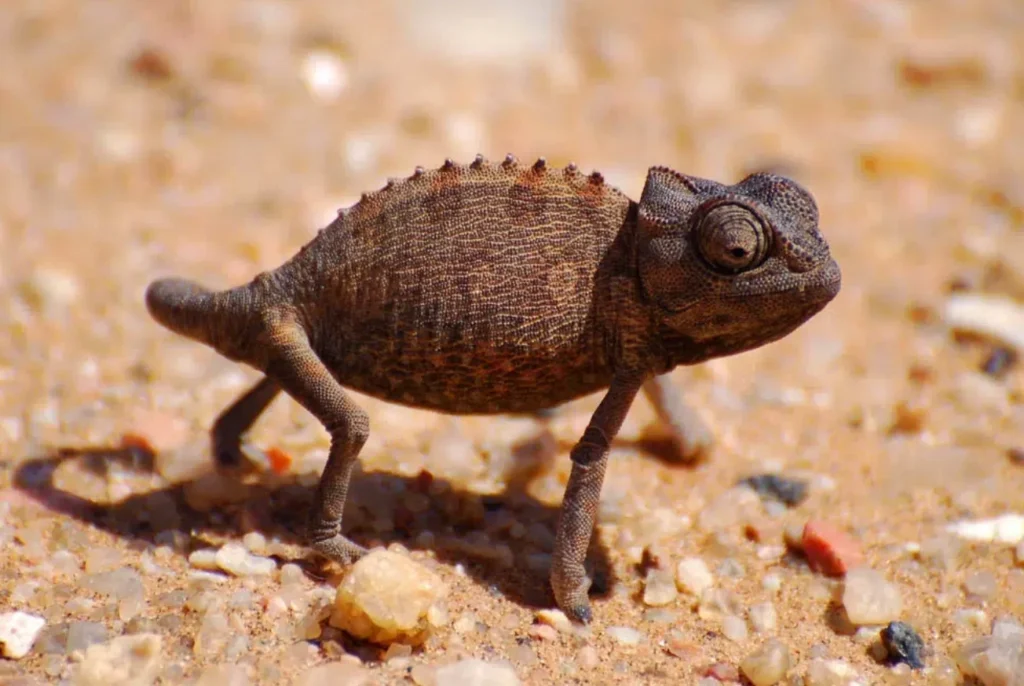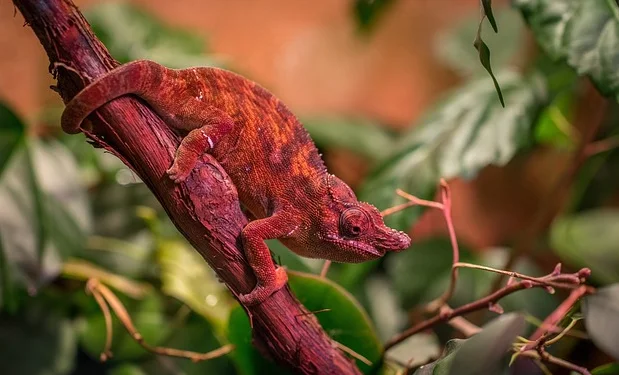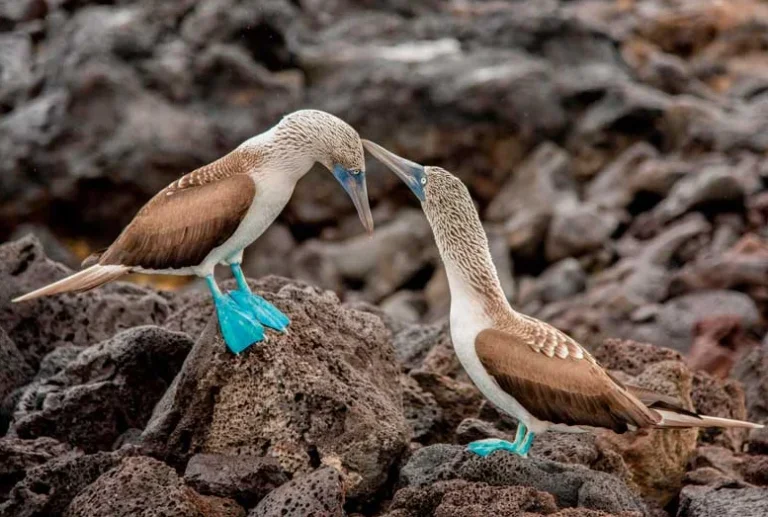How Chameleons Change Color and Why: Amazing and Intriguing
How chameleons change color—and why is a fascinating journey into the world of these incredible reptiles. Think of a small animal that is a master of disguise, able to fit in with its surroundings! The ability of chameleons to change their color faster than you can say “rainbow” is very remarkable. However, these color shifts serve a purpose beyond amusement; they enable them to communicate, control their body temperature, and even attract potential mates. Now let’s explore the vibrant realm of chameleons and learn about the science underlying these amazing changes!
One of nature’s most amazing species, chameleons are distinguished by their amazing capacity to change color. This is a talent that appeals to scientists and animal enthusiasts both. But how precisely do they accomplish this, and why is it so crucial? Let’s investigate the causes and mechanisms of this intriguing event.
The Science of Color Change
The chromatophores, which are specialized cells found in chameleons, are essential to their capacity to change color. Different pigments found in these cells have the ability to expand and contract, changing the color of the skin’s surface. Iridophores and leucophores, which reflect light and add to the vibrancy of the colors, are layers that sit beneath the chromatophores. Chameleons can produce a vast range of hues by adjusting these layers, and they frequently do so to blend in flawlessly with their surroundings.

How chameleons change color and why: Intricate nervous system control is involved in this process, which goes beyond pigments. These chromatophores change color almost instantly in response to signals sent by the chameleon’s brain when it perceives danger or excitement. This quick change, which can occur in a matter of seconds, demonstrates an amazing fusion of biology and adaptation, highlighting how chameleons change color and why.
Remarkably, chameleons alter their color for purposes other than camouflage. Different colors can be reflected from their skin according on light, temperature, and even emotion. Their capacity to change color is among the most advanced among reptiles due to this dynamic interplay.
Communication Through Color
Chameleons change color primarily for two reasons: first, they communicate, which is crucial for camouflage. These reptiles convey their intentions and sentiments through color changes. For instance, during courtship, male chameleons use vivid colors to attract possible mates.
These hues are more appealing to females due to their intensity and variety, which can imply genetic fitness and health. This makes color change an essential component of the species’ survival, guaranteeing that the best partners are selected for procreation. This fascinating phenomenon exemplifies how chameleons change color and why?
On the other hand, a chameleon may express submission or fade into the shadows by darkening its colors when it feels threatened. The combined use of color by chameleons as a protection measure and a mating display highlights the intricacy of their behavior and adaptation, further illustrating how chameleons change color and why?
Environmental Influence on Color Change
Because they can sense their environment so well, chameleons’ color changes are greatly influenced by it. One such element is temperature; if it becomes too hot, a chameleon may brighten its hue to reflect sunlight and reduce body temperature. On the other hand, deeper hues can aid in heat absorption more effectively in colder climates.
Another important factor is light. In order to avoid being seen by predators, chameleons frequently modify their hue to fit the lighting in their natural environments. They may exhibit more vibrant hues when they are exposed to sunshine, but in the shadows, they tend to use softer hues to stay hidden from predators and prey.

Color variation may also be impacted by seasonal variations. Males may change to brighter colors during mating seasons in order to draw attention from females, but they may also switch back to duller colors in the off-season in order to save energy and blend in. The chameleon’s capacity to adjust to its surroundings highlights its achievement in evolution.
The Role of Mood in Color Change
Unbelievably, a chameleon’s hue can change significantly depending on how it is feeling. Lighter, more vivid colors are typically displayed by these reptiles when they feel protected or at ease. Their hues may, however, deepen in response to stress or danger, serving as a visual cue to competing chameleons or possible dangers.
Studies have demonstrated that strong emotions such as anger or excitement can cause sudden changes in color. To demonstrate dominance, a male chameleon facing a rival may inflate its body and exhibit vivid hues. This metamorphosis is meant to be a warning to rivals as well as an appeal to women to check out their colorful show.
The color and mood of chameleons can even be affected by encounters with humans. While these reptiles may display their brightest colors in a relaxed and welcoming setting, a stressful or hectic one may result in more muted tones. The way that emotion and color are related reveals the complexity of their reactions and interactions with the environment.
The Evolutionary Advantage of Color Change
How chameleons change color and why: The capacity for color shift in chameleons offers important evolutionary benefits. It improves their ability to survive in the wild above all else. Chameleons are adept hunters because they can hide from predators and ambush unsuspecting prey by seamlessly integrating into their surroundings.
Furthermore, they can thrive in a variety of environments, including dry deserts and tropical woods, because of the dynamic way that their color changes. Their wide variety of species is a result of this versatility, which also enhances their survival. Each species has distinct color patterns used for communication or camouflage in different ecological settings, illustrating how chameleons change color and why.
Finally, chameleons are an excellent example of how physical characteristics and behavior are shaped by evolutionary forces. Not only is their amazing ability to change color a party trick, but it’s a crucial adaptation that increases their chances of surviving and procreating in a complicated and dynamic environment.






